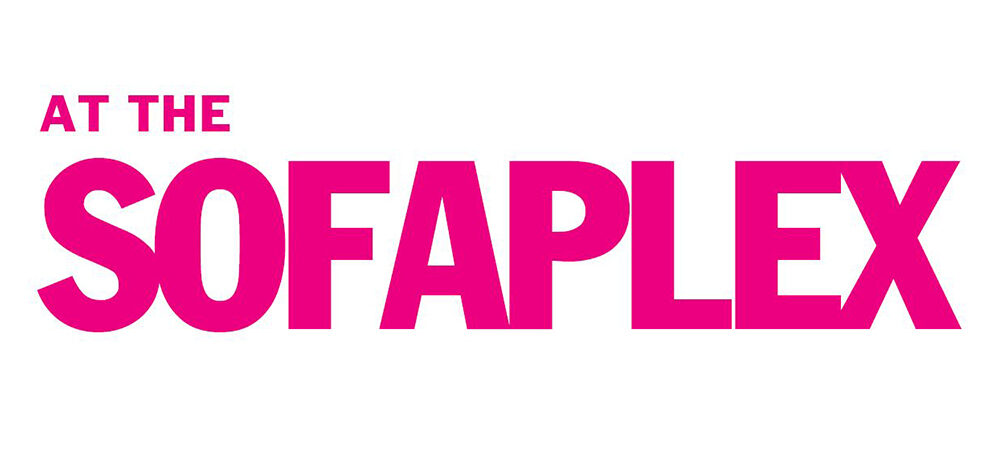Comic Cory Gee debuts at Headliners
When Cory Gee bounds onstage, he’s almost immediately mixing with the crowd. Learning who’s married, dating for the first time, celebrating a birthday. The rapid-fire back and forth helps the veteran comic size up the audience, but it’s not a call for conversation.
He’s setting up jokes, polished over time. Like the one about why asking a baby-faced cop how he caught him while riding a Big Wheel isn’t a good way to get out of a speeding ticket, or how single men shouldn’t plan bachelor parties, and the reason a VFW hall is a better venue for such gatherings than a strip bar.
Cory Gee really doesn’t want to hear about your day, but thanks anyway.
“In today’s TikTok era, crowd work is a necessary evil,” Gee said in a recent phone interview, noting that shutting down hecklers is a reliable way to get clicks. “I love to engage with the crowd, but what is frustrating for me as a comedian is when the crowd talks to me. Does that make sense?”
Sometimes, though, Gee’s high-wire act leads to comedy gold. “A perfect joke for me is the joke I never intended to do,” he said. Like when a random crowd remark sparks the memory of a long-unfinished bit. “You just start to work it, then it all starts to fall into place … and it’s like this moment. I was not meant to figure out that joke until just now.”
Gee will appear for the first time at Headliners in Manchester on Feb. 4. He’s talked for a while with promoter Rob Steen about playing there. “I pretty much know every headliner he uses on a regular basis, and they were all saying the same thing … ‘You’d do so well in New Hampshire, those crowds would really enjoy you.’ I’m really looking forward to it.”
He began doing comedy in 2002 at Comedy Connection in Providence, Rhode Island. The decision to become a standup was an evolution. He majored in theater in college, left early to find fame in Hollywood, but only got as far as his dad’s home in Georgia, where he got work in a professional theater company.
It didn’t last past a series of grueling rehearsals for Lips Together, Teeth Apart.
“I was just tired of saying other people’s words,” Gee explained. “In comedy, everything sits on you, all of the writing is you, all of the performing is you, every movement you make on stage is solely you, [and] knowing I was in complete control was probably the moment that I realized … this is what I want to be doing.”
It ended in 2013. His employer, a well-known nonprofit, gave him an ultimatum: jokes or a job. With two sons, Gee had little choice, so he quit, cold turkey. He didn’t write a bit, go to a show, or even think about comedy for five years. Then he got an offer at a new company. It was a lateral move; commuting costs actually reduced his take-home.
His wife had only one question. “She said, ‘Can you do comedy?’ I said, ‘Yeah, they told me they don’t care what I do.’ She was like, ‘We will figure out whatever financial impact this will have; you have to get back to comedy,’” he recalled.
He’s ever grateful for the boost. After shows, she helps him deconstruct and decompress. “I took it for granted the first time,” he said. “It has definitely added a wrinkle to our relationship from a support standpoint. Not that it wasn’t there before; I just I didn’t realize how important it was.”
Gee returns the favor by co-hosting a podcast with her. Ready, Set, Disney offers tips for visiting the theme parks. It helps that the manic stage prowler is already a big fan of Disney World. “If you’ve seen my act, you know I can’t stand still,” he said. “So the idea of a vacation in which I sit on a beach and just kinda throw my feet up would not work for me. When we go to Disney, I’m constantly moving.”
Cory Gee
When: Saturday, Feb. 4, 8:30 p.m.
Where: Headliners Comedy Club, 700 Elm St., Manchester
Tickets: $20 at headlinersnh.com
Featured photo: Cory Gee. Courtesy photo.






